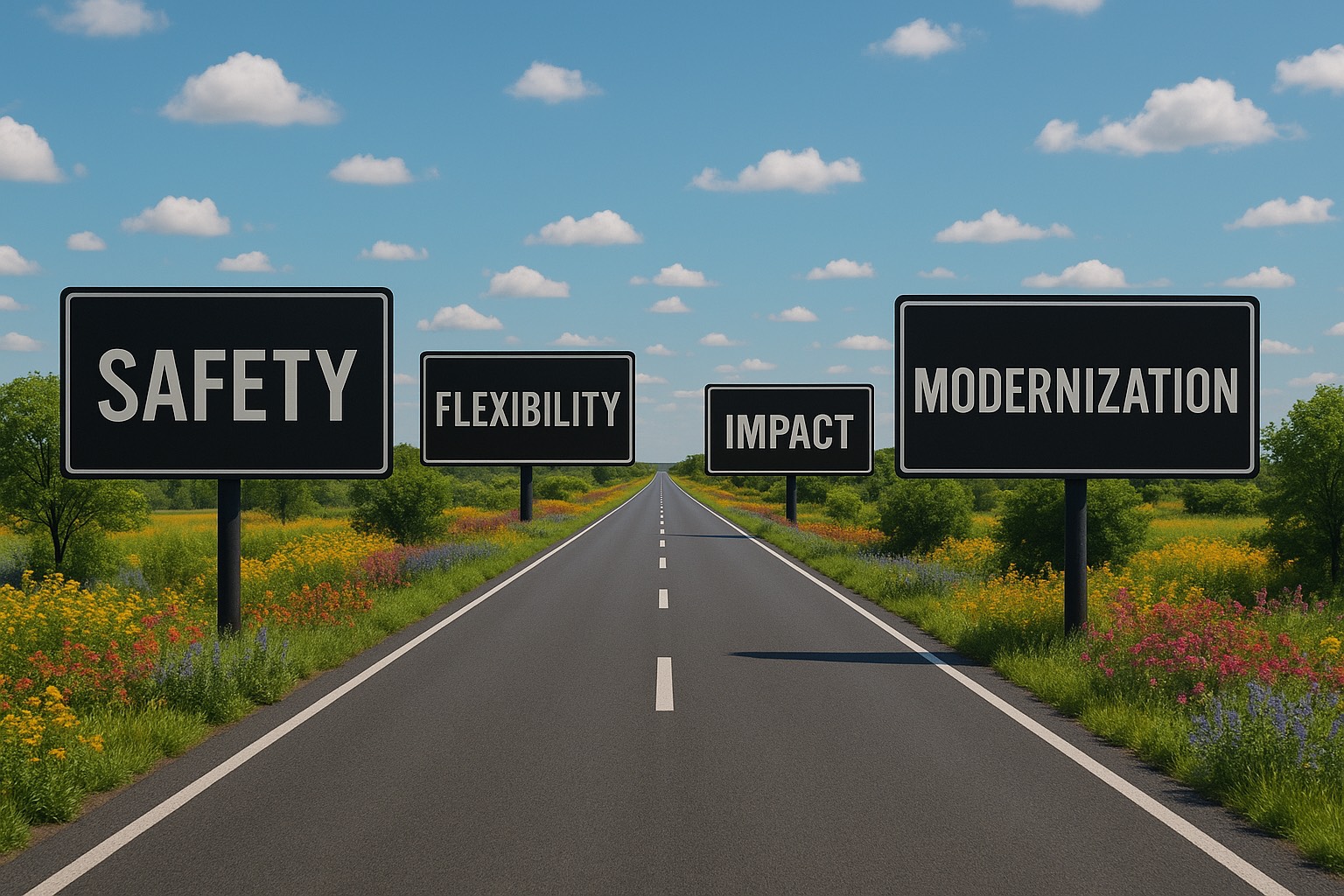How Technology Can Track Water Quality & Supports Wildfire Preparedness Across Canada
Start at the Source: Glaciers & Water Quality
Where does your drinking water begin? It’s not a question most Canadians ask themselves, yet for millions of citizens, the answer starts high in the mountains. 60%+ of the region’s freshwater supply originates from glaciers, feeding rivers, reservoirs, and underground aquifers through seasonal melt. These natural water towers are critical to the security of our drinking water systems, but they are shrinking, as British Columbia alone has lost 20% of its glacial ice since 2005. Climate change is accelerating this retreat, and rising temperatures can increase water turbidity, challenging treatment facilities and raising costs for municipalities.
Every Drop Tells a Climate Story
At Hedgerow Software, we think a lot about these macro level challenges for agencies, and how our technology can support environmental health teams combating major issues every day. Built-in analytics and visualization tools allow agencies to identify trends in turbidity and contaminant risk, while automated sampling schedules and field data collection technology ensures early detection of water quality issues. With Hedgerow technology, EH teams can move from reactive monitoring to predictive management, helping communities adapt to the impacts of climate change and safeguard drinking water sources.
When Fire Meets Water: Wildfire’s Hidden Impacts
Wildfires don’t just destroy forests; they threaten the safety of our water and air. When fire sweeps through a watershed, ash, heavy metals, and nitrates wash into rivers and reservoirs, contaminating source water and straining treatment systems. Burned landscapes become unstable, increasing erosion and flood risk long after the flames are out. At the same time, smoke can drive PM2.5 levels up by as much as 1,000% during peak events, jeopardizing public health across entire regions. Sadly, 2023 set records for area burned in Canada with over 18.5 million hectares destroyed. With the current rate of fires over the last few years, this trend will only continue to rise.

Preparedness Starts with Proactive Monitoring
Protecting public health begins long before a crisis hits. Using technology like Hedgerow Software, agencies can closely track air quality, manage inspection workflows for water treatment systems after wildfires, and coordinate clear communication protocols for advisories when risks emerge. With powerful analytics and business intelligence capability that helps agencies closely monitor air quality, water sampling, and wildfire activity, EH teams are becoming more prepared as the first line of defense for what we breathe and drink. At Hedgerow, we will continue to build innovative applications that make this work easier for our EH “first responders.”
Protecting Our Water, One Glass at a Time
Safeguarding clean, reliable drinking water is a shared responsibility. Municipal leaders can strengthen resilience by investing in technology systems that track risks from glacier to tap. Residents, particularly in fire-prone regions, should make seasonal water testing a routine practice to catch potential contaminants early. Policymakers can help protect future supplies by funding remote sensors and wildfire resilience initiatives, while educators play a key role in inspiring awareness by teaching students the full journey of water, from glacier to glass. Together, these actions ensure every citizen can count on safe, sustainable drinking water for generations to come.
What else should we be thinking about related to this topic? Leave a comment or send me a direct message on LinkedIn.




